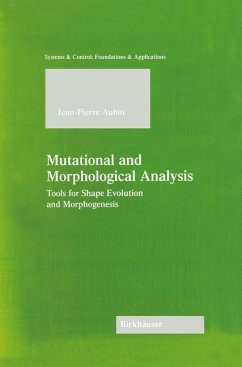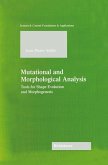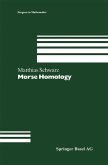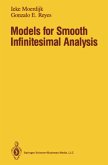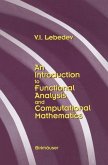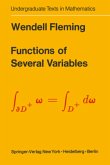The analysis, processing, evolution, optimization and/or regulation, and control of shapes and images appear naturally in engineering (shape optimization, image processing, visual control), numerical analysis (interval analysis), physics (front propagation), biological morphogenesis, population dynamics (migrations), and dynamic economic theory.
These problems are currently studied with tools forged out of differential geometry and functional analysis, thus requiring shapes and images to be smooth. However, shapes and images are basically sets, most often not smooth. J.-P. Aubin thus constructs another vision, where shapes and images are just any compact set. Hence their evolution -- which requires a kind of differential calculus -- must be studied in the metric space of compact subsets. Despite the loss of linearity, one can transfer most of the basic results of differential calculus and differential equations in vector spaces to mutational calculus and mutational equations in any mutational space, including naturally the space of nonempty compact subsets.
"Mutational and Morphological Analysis" offers a structure that embraces and integrates the various approaches, including shape optimization and mathematical morphology.
Scientists and graduate students will find here other powerful mathematical tools for studying problems dealing with shapes and images arising in so many fields.
These problems are currently studied with tools forged out of differential geometry and functional analysis, thus requiring shapes and images to be smooth. However, shapes and images are basically sets, most often not smooth. J.-P. Aubin thus constructs another vision, where shapes and images are just any compact set. Hence their evolution -- which requires a kind of differential calculus -- must be studied in the metric space of compact subsets. Despite the loss of linearity, one can transfer most of the basic results of differential calculus and differential equations in vector spaces to mutational calculus and mutational equations in any mutational space, including naturally the space of nonempty compact subsets.
"Mutational and Morphological Analysis" offers a structure that embraces and integrates the various approaches, including shape optimization and mathematical morphology.
Scientists and graduate students will find here other powerful mathematical tools for studying problems dealing with shapes and images arising in so many fields.
"This monograph collects various tools needed for the analysis of shape evolution, viability problems, image processing, visual control, biological morphogenesis, wave-front propagation, etc. It consists of four parts:1 -- mutational analysis (a sort of calculus in metric spaces); 2 -- morphological and set-valued analysis; 3 -- geometrical and algebraic morphology; 4 -- differential inclusions (an outline only). The large list of references contains 472 items, moreover, exhaustive bibliographical comments are provided. The concept of mutational space explored in the first two chapters is a framework for developing a sort of differential calculus for maps between general metric spaces. The third chapter contains a description of mutational structures in hyperspaces, especially in the space of nonvoid compact subsets of Euclidean spaces... The present monograph offers a structure that embraces and integrates various approaches to shape evolution and may be useful for...scientists working with images arising in engineering, interval analysis, physics, biological morphogenesis, population dynamics and dynamic economic theory." -Zentralblatt Math

